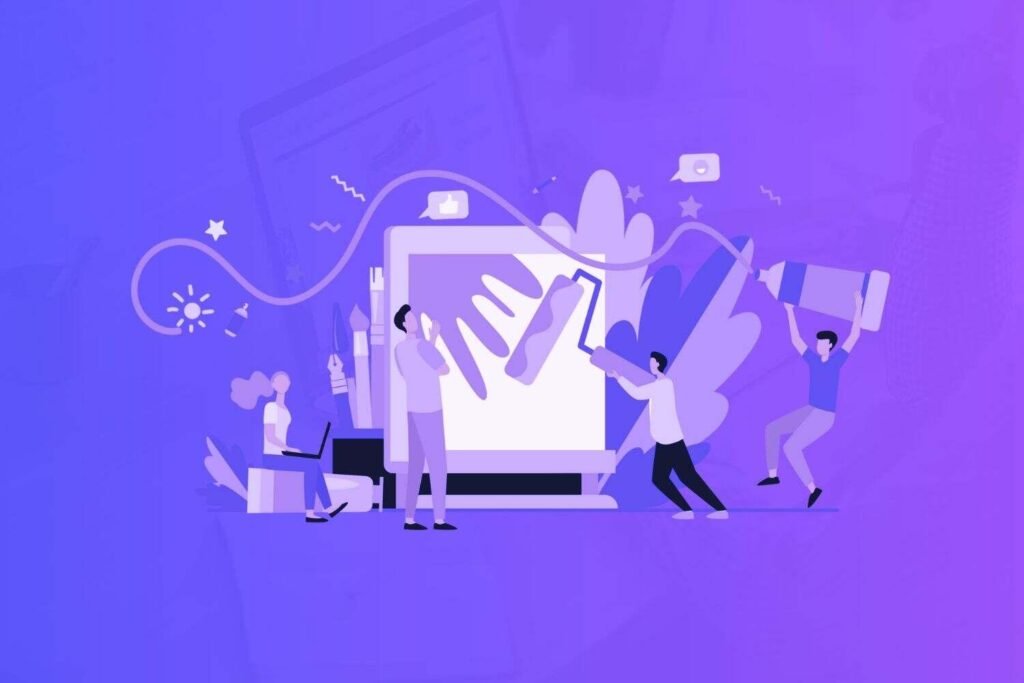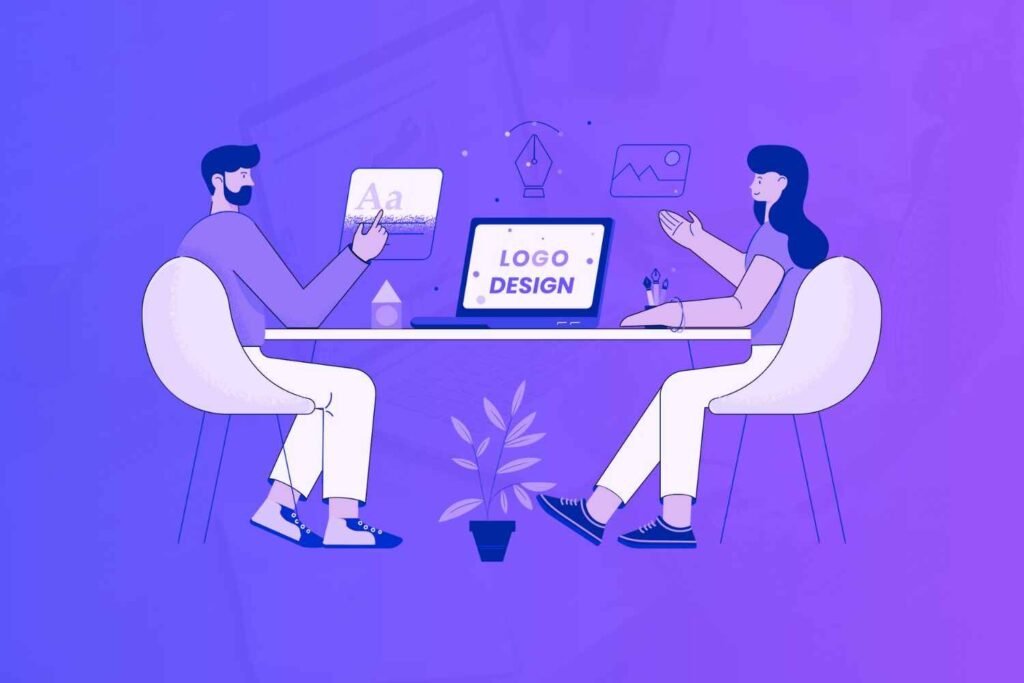Coca-Cola’s holiday campaigns, featuring the iconic Santa Claus, have become synonymous with festive cheer. Similarly, Nike’s “Just Do It” slogan has inspired people globally to push their limits.
These instances speak to how crucial brand awareness is in today’s competitive market. It helps people recognize and recall your brand in a crowded market.
So, by exploring such brand awareness examples, you can glean insights into effective strategies that can enhance your brand’s visibility and engagement.
As you navigate through them, you’ll see practical ways companies make their mark. Let’s dive into some inspiring cases and learn from the best!
Disclaimer: If you buy any products through links on this site, I may earn a commission. But it doesn't make any difference to your cost, and it helps me keep this blog running. So you could always read my articles for free.
What is brand awareness?
Brand awareness refers to how well your target audience identifies and remembers your brand.
Take the famous “Share a Coke” campaign by Coca-Cola as an example of brand awareness.
They personalized bottles with people’s names, making consumers feel special and prompting them to buy bottles with their friends’ names. This simple idea skyrocketed their brand visibility and sales.
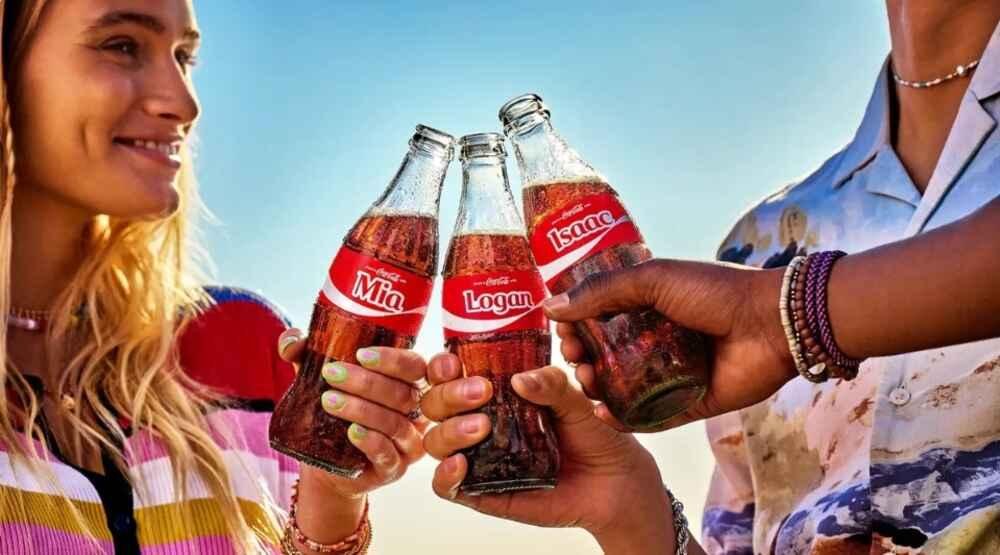
Another example is Apple’s use of sleek, minimalist designs and a consistent brand message.
Whether it’s their iconic logo or the unique look of their products, you always know when you’re looking at something from Apple. This consistency builds strong brand awareness and loyalty.
You can also think about Nike’s collaborations with famous athletes, like Michael Jordan. The Air Jordan line became a cultural phenomenon, not just because of the product quality, but because it was associated with the success and charisma of an admired sports figure.
In short, brand awareness is about making sure your brand stands out and is memorable. The more recognizable your brand, the easier for customers to choose you over competitors.
Examples of brand awareness campaigns
Each of the advertising campaigns below demonstrates the power of creativity and personalization in building brand awareness.
And they prove that by focusing on simplicity, emotional appeal, and relatability, you can create memorable campaigns that resonate with your audience. Let’s discuss them one by one.
Coca-Cola’s “Share a Coke” campaign
Brand awareness is about making your brand unforgettable. Coca-Cola’s “Share a Coke” campaign is a great example of this.

Introduced in Australia in 2011 and later expanded globally, the campaign replaced the iconic Coca-Cola logo with popular names on bottles and cans. The idea was to encourage people to find and share a Coke with friends and family.
This personalized touch made customers feel special and connected to the brand. The magic of this campaign is in its simplicity and personalization.
People were excited to find their names or those of people close to them on the bottles. It sparked conversations and social media posts, creating a buzz around the brand.
The campaign led to a significant increase in sales and engagement, with Coca-Cola reporting a 2% rise in U.S. sales after launching it in the summer of 2014.
Takeaway: Coca-Cola’s campaign shows that personalizing your products can create a strong connection with consumers, making your brand more memorable and increasing engagement.
Nike’s “Just Do It” campaign
Nike’s “Just Do It” campaign, from 1988, is among the timeless examples of brand awareness. The slogan, simple yet powerful, resonates with people of all ages and backgrounds, motivating them to push their limits.
The campaign featured various athletes, including Michael Jordan and Serena Williams, showcasing their achievements and inspiring others to pursue their dreams.
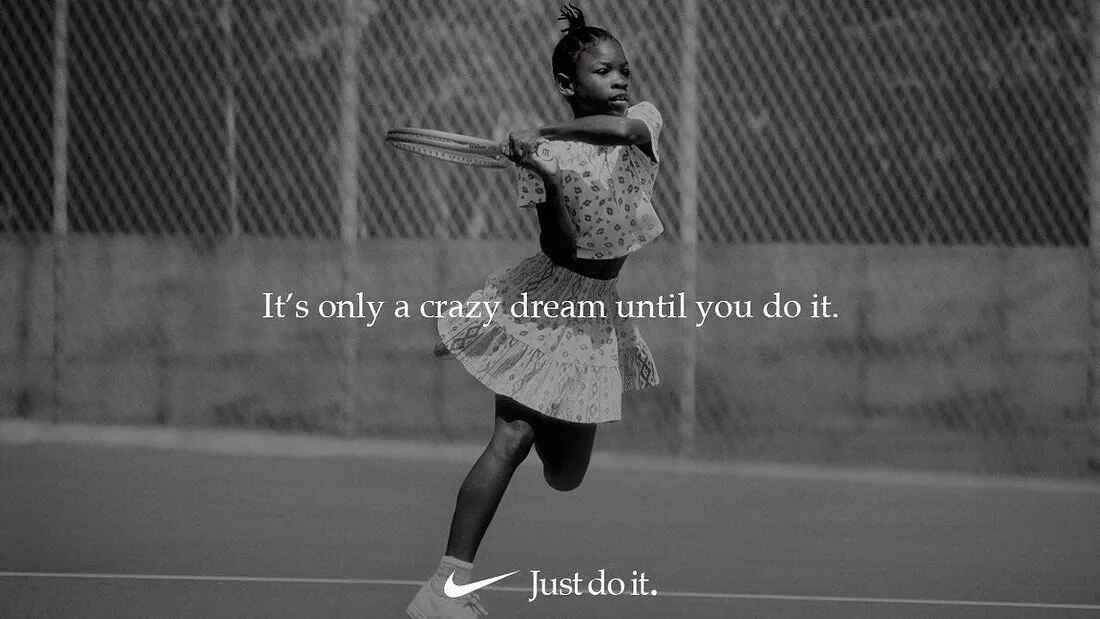
Nike’s campaign stands out because it goes beyond promoting products; it promotes a lifestyle. The message is clear and universal, making it easy for people to relate to and remember.
This campaign has helped Nike build a strong brand identity and loyalty over the years. It’s not just about selling shoes; it’s about inspiring people to achieve greatness.
Takeaway: Nike’s campaign highlights the importance of a clear, inspiring message that resonates with a wide audience, helping build a strong brand identity and loyalty.
Apple’s “Get a Mac” campaign
Apple’s “Get a Mac” campaign, running from 2006 to 2009, is another stellar example. The campaign featured a series of commercials with actors Justin Long and John Hodgman, portraying a cool, young Mac and a dull, older PC, respectively.
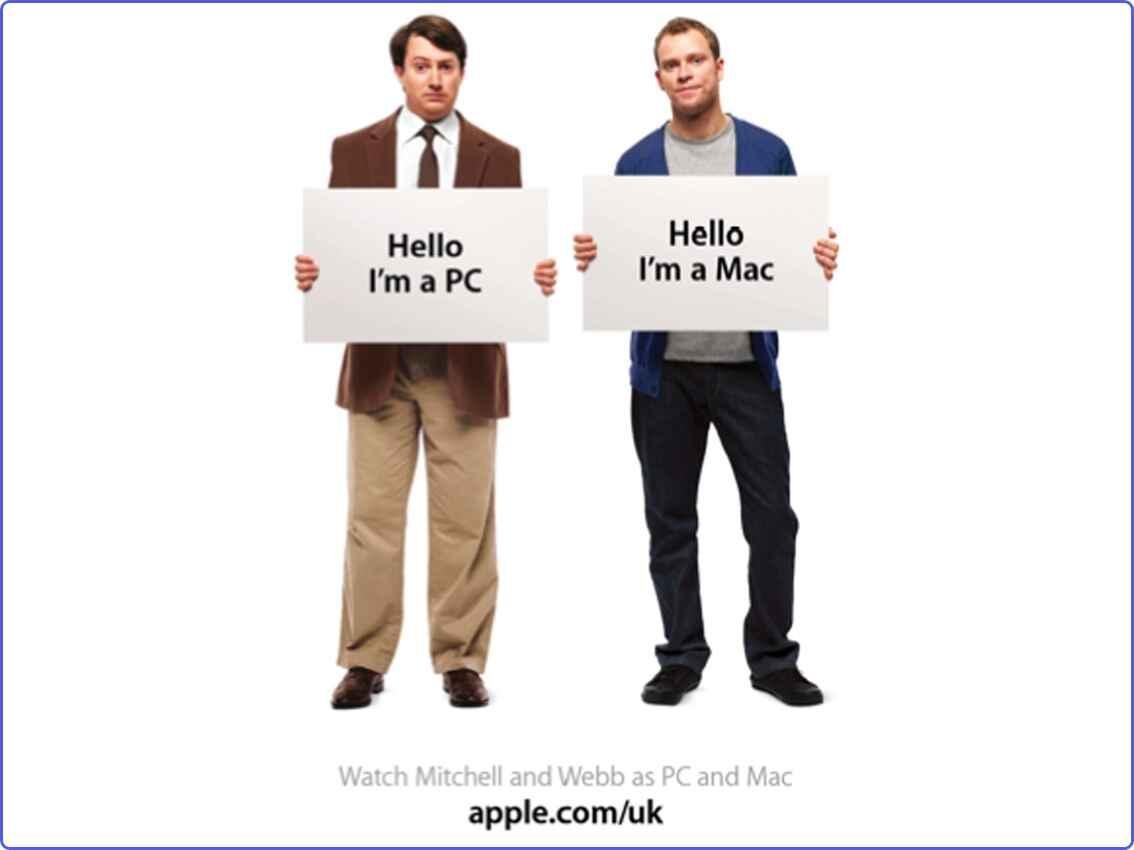
The humorous and relatable ads highlighted the benefits of using a Mac, such as ease of use and fewer viruses, while poking fun at PCs. This campaign was brilliant in humanizing the brand.
The friendly rivalry between Mac and PC captured the audience’s attention and made the benefits of a Mac memorable. The campaign not only boosted Apple’s sales but also strengthened its brand image as innovative and user-friendly.
Takeaway: Apple’s campaign illustrates the effectiveness of humor and relatability in advertising, making the brand’s benefits memorable and engaging for the audience.
Old Spice’s “The Man Your Man Could Smell Like” campaign
Brand awareness often hinges on standing out in a unique and memorable way. Old Spice’s “The Man Your Man Could Smell Like” campaign, launched in 2010, is a perfect brand awareness example in this context.
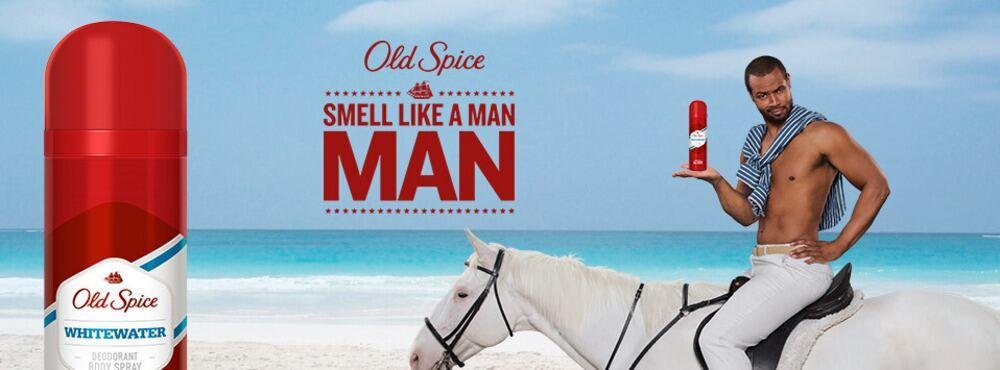
The campaign featured humorous and attention-grabbing commercials with actor Isaiah Mustafa, who confidently encouraged men to switch to Old Spice, all while showcasing absurdly over-the-top scenarios.
This campaign’s success lies in its humorous and unconventional approach. When I first saw these ads, they were unlike anything else on TV, and they immediately grabbed my attention.
The campaign not only boosted Old Spice’s sales by 125% within the first six months but also reinvigorated the brand’s image, making it relevant to a younger audience.
Takeaway: Old Spice’s campaign demonstrates the power of humor and creativity in differentiating a brand and making it memorable to a wide audience.
ALS Ice Bucket Challenge
The ALS Ice Bucket Challenge, which went crazy viral in the summer of 2014, is a powerful example of a brand awareness campaign driven by social media and user participation.

Participants were challenged to dump a bucket of ice water over their heads, film it, and dare others to do the same, all while raising awareness and funds for ALS (amyotrophic lateral sclerosis).
In my experience, what made this campaign successful was its simplicity and the way it leveraged social networks. I remember seeing countless videos in my feed, from friends to celebrities like Bill Gates and Oprah Winfrey, participating in the challenge.
The campaign raised over $115 million for ALS research, significantly increasing public awareness of the disease.
Takeaway: The ALS Ice Bucket Challenge shows the effectiveness of combining social media with user-generated content to create widespread awareness and engagement.
Red Bull Stratos
Red Bull’s Stratos project, where Austrian skydiver Felix Baumgartner jumped from the stratosphere in 2012, is a brand awareness example that pushes the boundaries of brand awareness.

The event was broadcast live, capturing the attention of millions worldwide as Baumgartner set records for the highest freefall and the fastest freefall speed.
This campaign stands out because it aligns perfectly with Red Bull’s brand association with extreme sports and adventure. The event garnered over 8 million live views on YouTube, making it one of the most-watched live streams in history.
It also generated massive media coverage, solidifying Red Bull’s image as a daring and innovative brand.
Takeaway: Red Bull’s Stratos project highlights the impact of aligning marketing campaigns with brand identity and creating unforgettable, record-breaking events to capture global attention.
Dove’s “Real Beauty” campaign
Dove’s “Real Beauty” campaign, launched in 2004, aimed to challenge beauty stereotypes and promote self-esteem among women.
The campaign featured women of various ages, sizes, and ethnicities, celebrating their natural beauty. It resonated with audiences who felt underrepresented by traditional beauty standards.

This campaign tapped into a powerful emotional truth. The campaign’s message of authenticity and self-acceptance has resonated deeply with consumers.
Dove reported a significant increase in sales, with the campaign running successfully for over a decade.
Takeaway: Dove’s campaign highlights the importance of challenging societal norms and promoting inclusivity to create a strong emotional connection with your audience.
Always’ “Like a Girl” campaign
Always’ “Like a Girl” campaign was launched in 2014. Its goal was to redefine the phrase “like a girl” as a positive affirmation rather than a derogatory term.
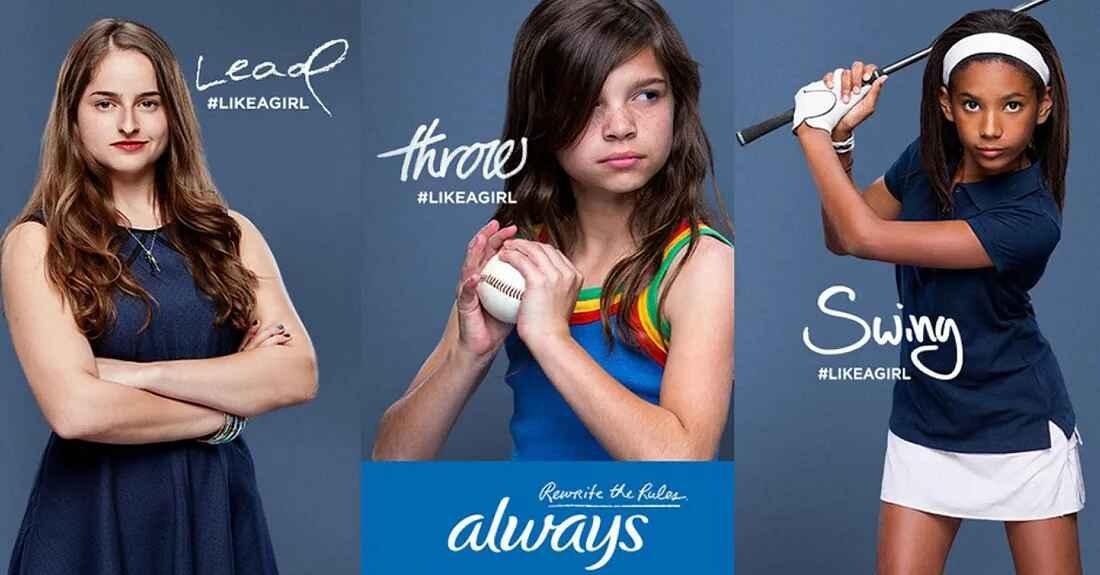
As one of the best brand awareness examples, this campaign featured a powerful video that went viral, showcasing how young girls often lose confidence during puberty and encouraging them to embrace their strength.
The success of this campaign lies in its ability to address a real issue and spark a global conversation. The video was viewed over 85 million times on YouTube and won numerous awards, including the Grand Prix at the Cannes Lions International Festival of Creativity.
This campaign not only boosted Always’ brand image but also made a significant social impact.
Takeaway: Always’ campaign demonstrates the power of addressing social issues and empowering your audience to create a positive and memorable brand message.
Airbnb’s “We Accept” campaign
In response to global political tensions and the refugee crisis, Airbnb launched the “We Accept” campaign during the 2017 Super Bowl.
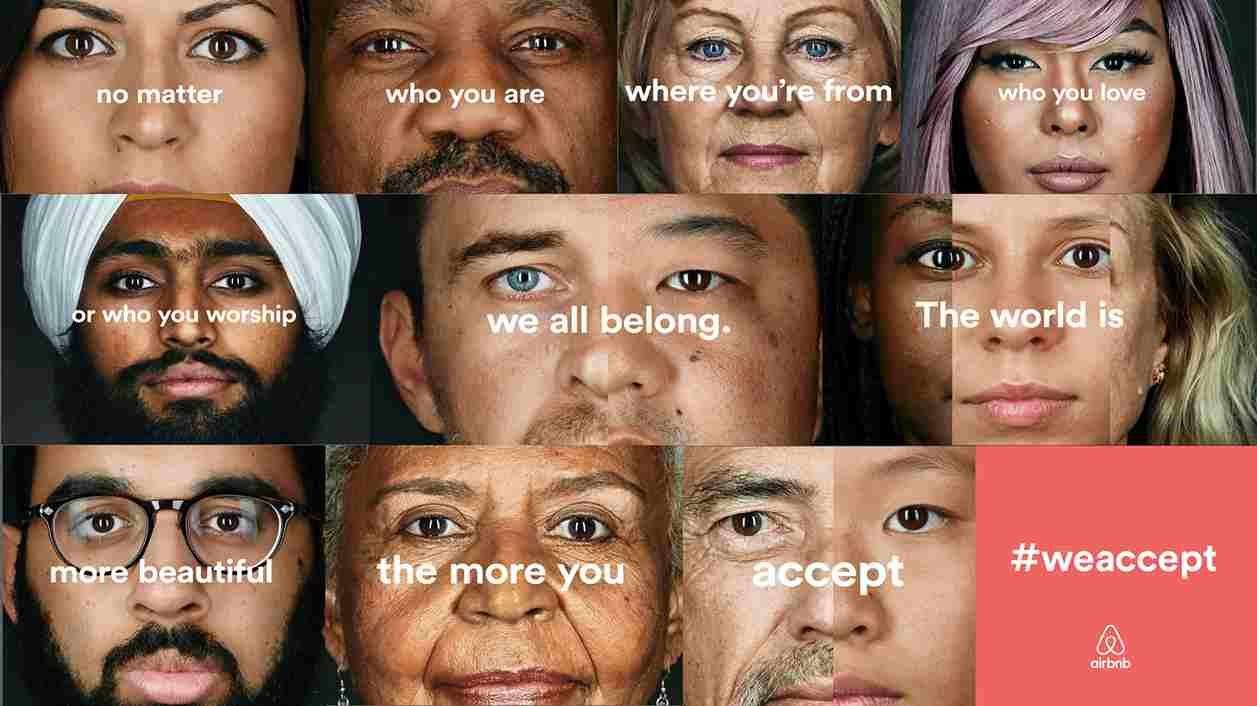
The campaign emphasized inclusivity and diversity, with a powerful message of acceptance and belonging. It highlighted Airbnb’s commitment to providing a welcoming space for everyone, regardless of their background.
This campaign is effective because it aligns with Airbnb’s core values and addresses a timely and important issue. The campaign got widespread press coverage and positive feedback from the public.
Takeaway: Airbnb’s campaign shows the importance of aligning your brand message with your core values and addressing timely social issues to build a strong and positive brand image.
Guinness’ “Made of More” campaign
Guinness’ “Made of More” campaign, launched in 2012, aimed to showcase the extraordinary qualities of ordinary people.
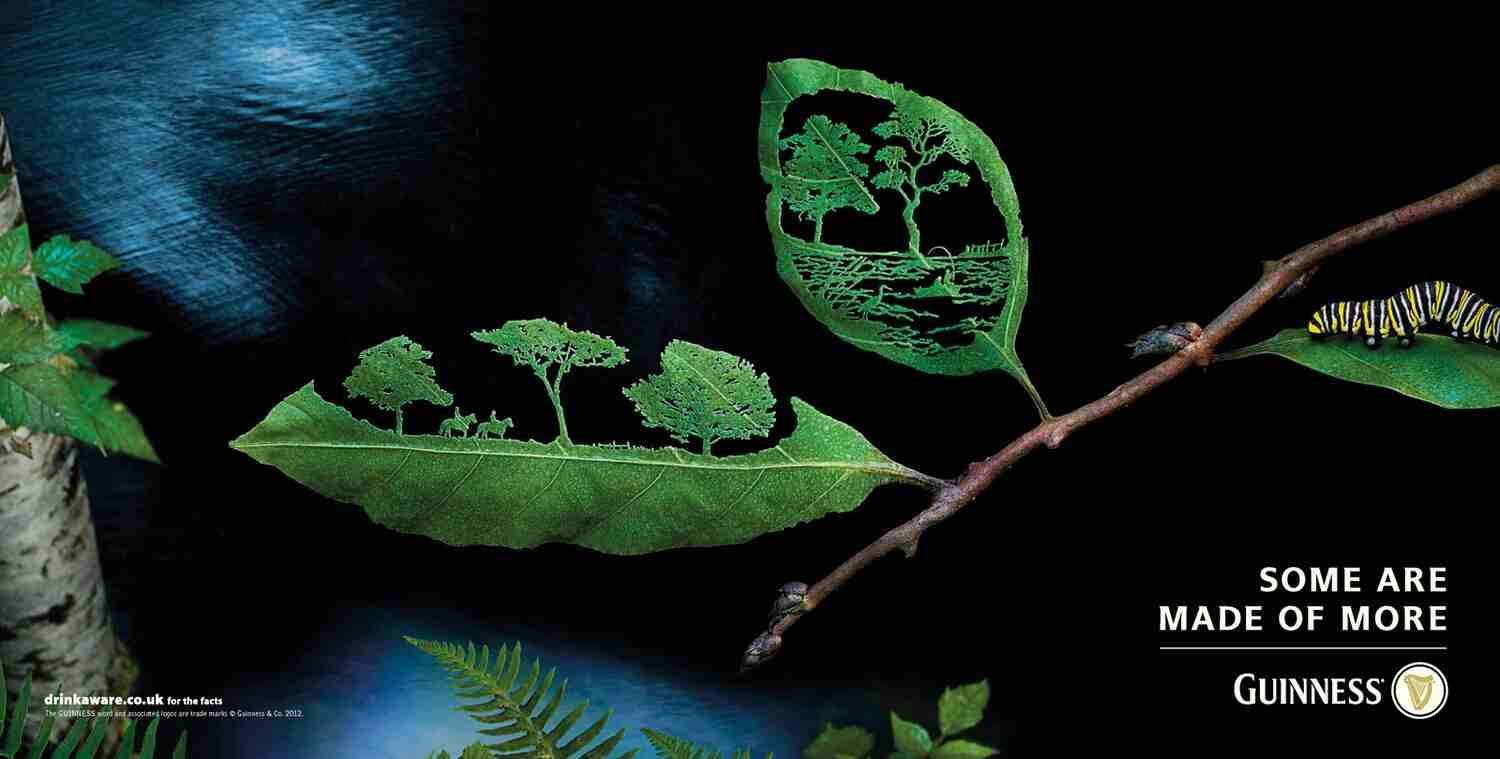
The campaign featured various heartwarming stories, such as a group of friends playing wheelchair basketball to support a disabled friend. The ads highlighted themes of friendship, loyalty, and resilience.
This example of brand awareness tells compelling human stories that resonate emotionally with the audience. The “Wheelchair Basketball” ad, in particular, received widespread acclaim and became one of Guinness’ most memorable commercials.
This campaign helped reinforce Guinness’ brand image as more than just a beer, but a symbol of camaraderie and strength.
Takeaway: Guinness’ campaign highlights the power of storytelling and emotional appeal in creating a memorable and impactful brand message.
Final thoughts on brand awareness examples
From Coca-Cola’s personalized “Share a Coke” campaign to Red Bull’s daring Stratos project, each example demonstrates how unique approaches can resonate with audiences and enhance brand visibility.
By addressing social issues, promoting inclusivity, and telling compelling stories, brands like Dove, Always, and Airbnb have successfully forged strong emotional connections with their audiences.
The key takeaway from these examples of brand awareness is that thinking outside the box and aligning your message with your brand’s core values can yield impressive results.
By focusing on these elements, you can craft effective brand awareness campaigns that stand out and leave a lasting impression on your audience.
Did I miss anything? Did you try these tips? Do you have any questions or comments? Share your thoughts below in the comments section.



